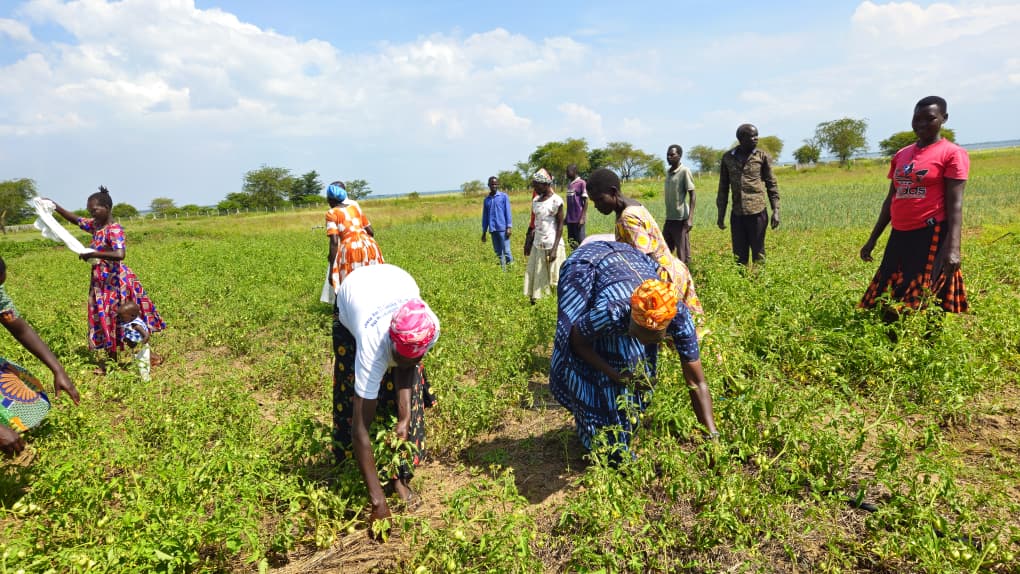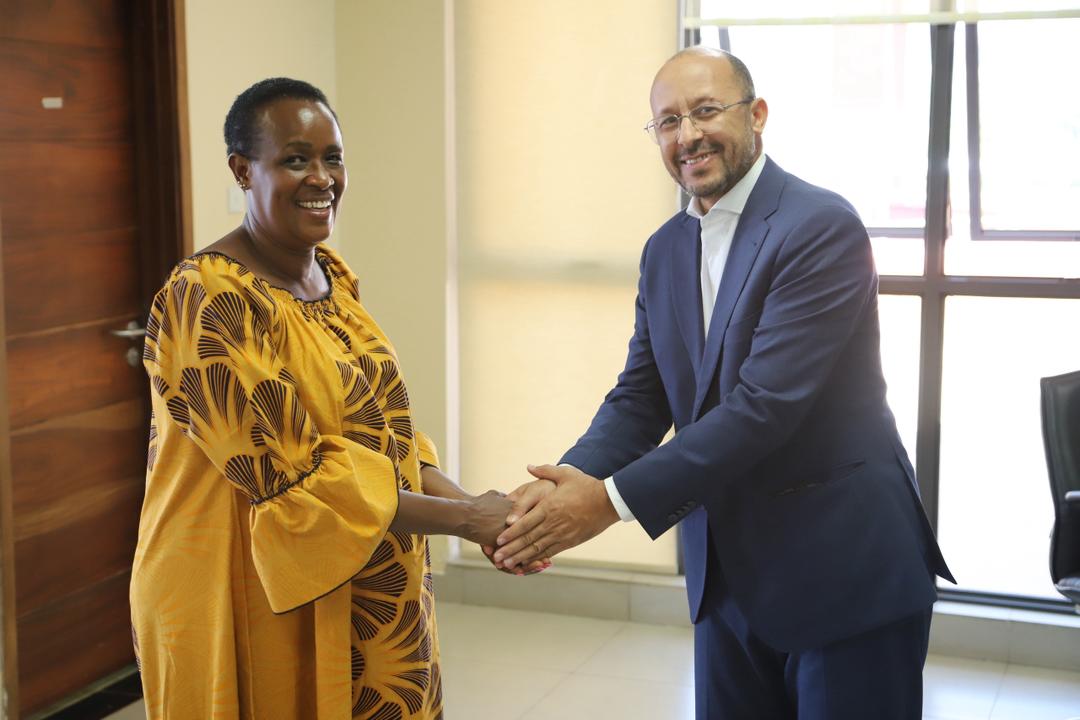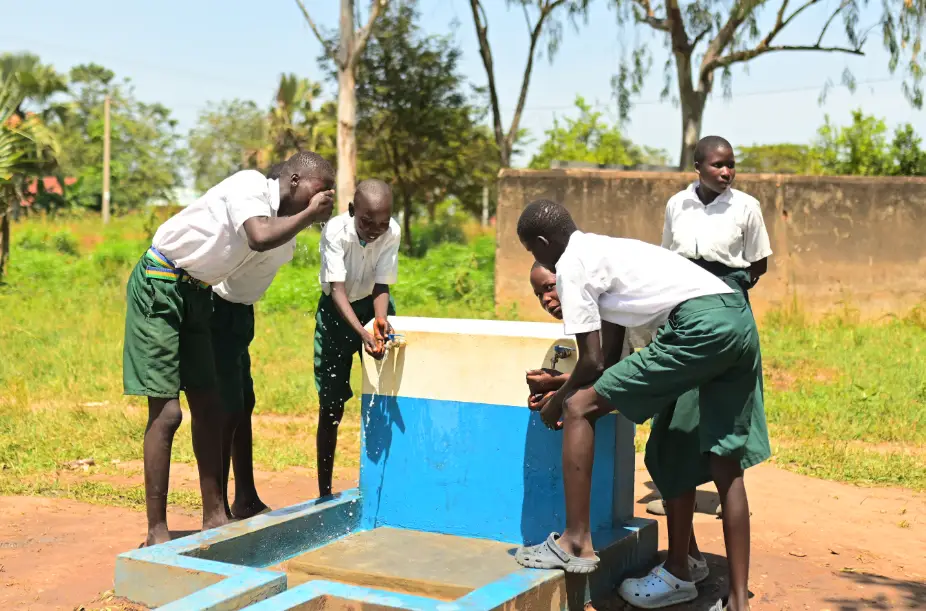
The Day the Water Came Home: How a Solar-powered Water Project Has Changed Lives in Kapir Sub-county, Ngora district
The sound of running water is now the soundtrack of mornings in Kapir Sub-county, Ngora district. From school compounds to health centres and homesteads, silver taps glint under the sunlight, releasing streams of life powered by solar energy. For the first time, women no longer rise before dawn to chase water in the nearby swamp.
A burden lifted
Before the arrival of the solar-powered water scheme, mornings in Kapir began long before sunrise.
“I used to wake up at dawn,” recalls Hellen Amoding, an elderly mother. “the children would walk almost two kilometres to the swamp. Sometimes they would reach and find a line of people waiting. By the time they got back, they would be late for school.
Like many families in the area, Amoding’s household lived in uncertainty and anguish. The old boreholes had long broken down, and the swamp water was often greenish and unsafe.
“They used to get stomach infections all the time,” Opolot Richard, the senior clinical officer at Kapir health center III says. “Our health centre was full of cases of typhoid and diarrhoea.”
The Ministry of Water and Environment, working with Nexus Green the contractor, stepped in under a government partnership backed by UK Export Finance. The initiative sought to provide safe domestic water through a solar-powered piped system reaching homes, schools, and health facilities.
Water at the doorstep
Today, Amoding fills her jerrycan without leaving her compound. A shiny tap stands proudly beside her hut. “Now my children can go to school on time,” she laughs. Even the quarrels at home have reduced.
Her story mirrors that several other households in Kapir sub-county whose lives have changed since the project began. The piped water scheme now serves over 100 homesteads, Kapir primary school, and the Kapir Health Centre III.
According to Eng. Yusuf Mutebi, an engineer with Nexus Green, the system was designed to accommodate up to over 4500 users extracting water with the help of a submersible pump that draws groundwater into storage tanks positioned on a raised stand. “Gravity then distributes the water to the public taps and institutions,” he explains. “with 80 cubic meters per hour, the goal is to make clean water reliable, affordable, and sustainable, powered entirely by the sun.”
Ripples of change
The new water flow has done more than quench thirst, it has reshaped community life.
Headteacher Gerald Aikoma of Kapir Primary School says the change is visible in attendance records. “Before, girls missed lessons because they had to help their mothers fetch water,” he added. “Now, absenteeism has dropped sharply. Pupils arrive clean, on time, and with water available at school. Our school serves the four villages of Ajelo, Ajesa, Agogoit, Omuri and that’s why water is key”
At Kapir Health Centre III, Richard Opolot, the senior clinical officer, speaks of fewer infections. “We used to treat many cases of diarrhea, about 100 a month, especially among children and pregnant women,” he said. “Now we can emphasize hygiene because there is water for handwashing and cleaning wards as cases have dropped to about ahalf. Deliveries are safer.”
The safety aspect has been equally transformative. “Women no longer walk long distances,” notes Sub-county LCIII Chairperson, Charles Ebiau. “Before, there were cases of domestic violence when men refused to help or when women returned home late from the swamp. Those conflicts have reduced.”
Owning the future
To keep the project running smoothly, Nexus Green and the Ministry have trained a local caretaker to oversee daily operations and report faults.
However, Nexus is poised to hand over the project to the Eastern Umberella of Water and Sanitation Authourity to carry on doing operation and maintenance.
“We want the community to own it. Our target is to get water to everyone,” said Samuel Oyo, the deputy manager of Eastern umbrella authority. “The solar system is designed for longevity, but sustainability depends on the people protecting and valuing it.”
The excitement continues to spread throughout the villages. Locals appreciate the ruling NRM Government which has brought such live-saving infrastructure close to the communities. Benard Odeny, the area LCI appreciated the efforts and hoped that such installations would also be replicated in neighboring villages.
“We have been having only one borehole in the whole village. It is one of our biggest gains so far and we are ready to protect it,” he said, re-echoing the manifesto of the sitting government.
A quiet revolution
As the afternoon sun glows over Ngora’s plains, children chase each other around a dripping tap near the trading centre, their laughter echoing across the fields. To an outsider, it might seem like any ordinary scene, but to the people of Kapir, it’s the sound of change.
“Even for a simple thing as swallowing medicine has greatly improved.Pupils can now safely go to school on time and husbands are happy with their wives. Thank your NRM,” reaffirmed Atim Godwill Basemese, the Ag. Senior assistant Secretary, Kapir sub-county.
The day the water came home didn’t just bring convenience. It brought health, peace, and dignity. And in Kapir sub-County, where the sun now powers more than light, the flow of water has become the flow of life itself.
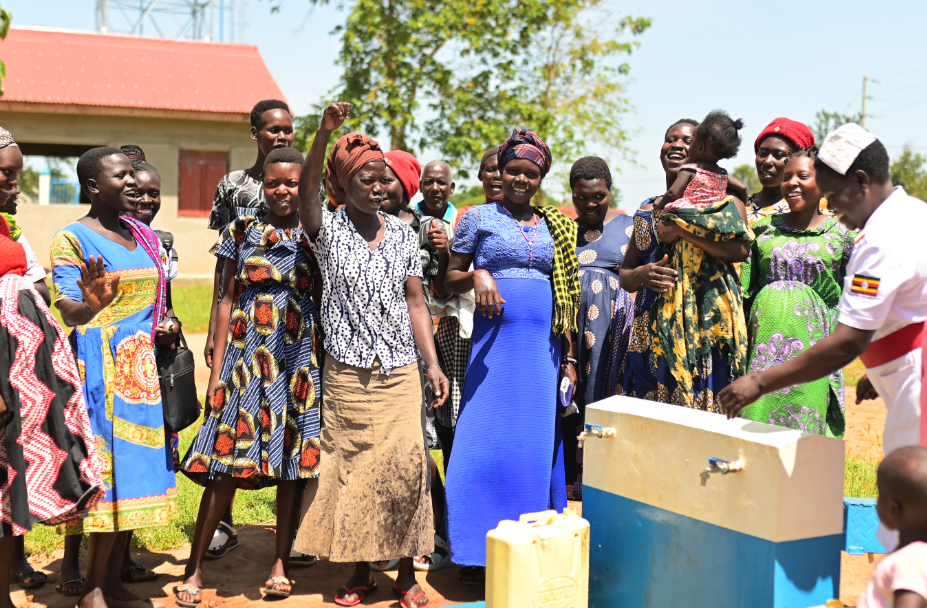
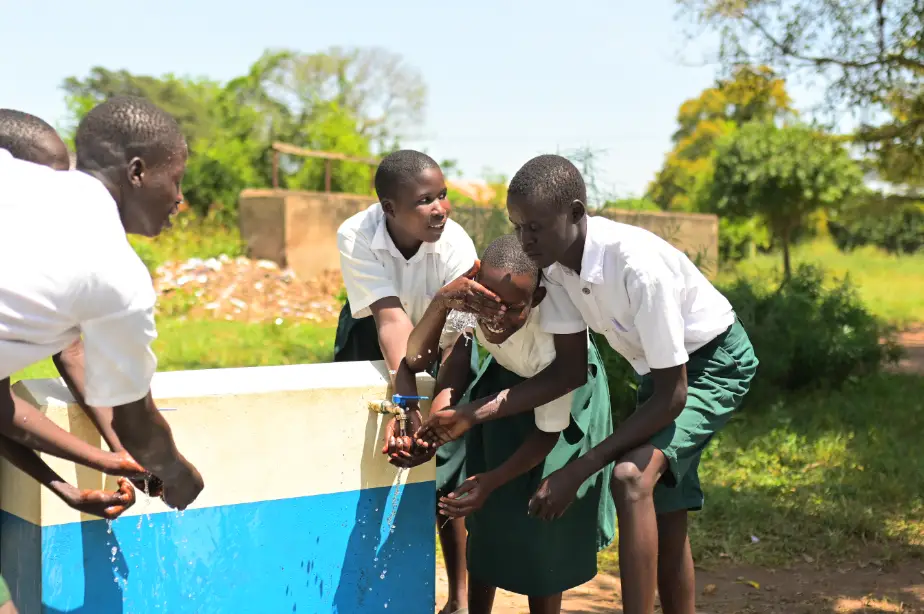
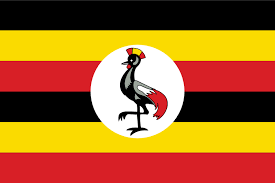 Official Website of the Ministry of Water and Environment
Official Website of the Ministry of Water and Environment



